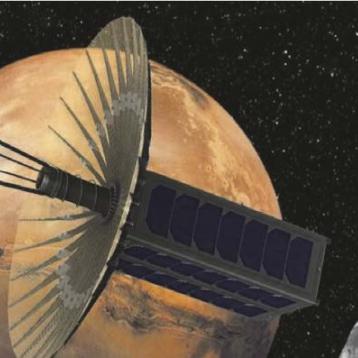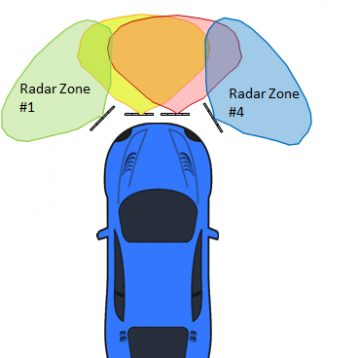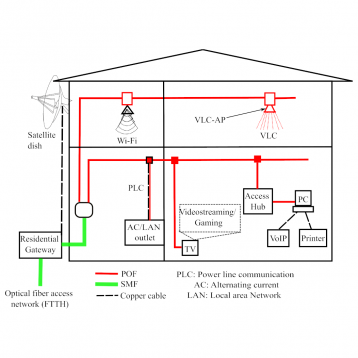Communicating with the Future
The future is bright, but also smaller and faster.
It is hard to think of a time where we have not used technology to communicate with one another. However, communication technology is evolving at such a pace that we are continuously looking at ways to make it more efficient, cheaper and able to withstand the capacity at which we now so heavily rely on.
ERPE academics are globally recognised for their work on industry driven research in this area. They have made advances in the practical integration of optical fibre, radio frequency (RF) / microwave, and optical wireless, including Light Fidelity (Lifi). This work has impacted real world applications in communications systems, remote sensing and radar.
We have highlighted a few examples of our innovative research which have real impact on the way society not only communicates with each other but also the machines and processes we have become dependent on.
REVOLVE: Radio Technologies for Broadband Connectivity in a Rapidly Evolving Space Eco-System
Structured around a major European satellite integrator (Thales Alenia Space in France), this engineering research project work was to design a never-seen-before and extremely compact antenna and PCB feeding circuit suitable for space flight on the SmallSat. Improving agility, throughput, power, size and cost in the rapidly growing need for high performance and low cost in emerging satellite missions, focusing on new technologies and design methods for antenna and radio front-ends.
The antenna design work and 'space ready' testing was successful. Further experimentation and full satellite integration commenced with eventual launching of the satellite in 2016 in India.
In 2014 COM DEV International was acquired by Honeywell, with subsidiaries in Edinburgh, Scotland.
Illuminating the Unknown Using LIFI
Our ever more connected world will need more bandwidth than the overcrowded Radio Frequency part of the spectrum can provide. Energy-saving Light Emitting Diodes (LEDs) could help meet demand for wireless communications without affecting the quality of light or environmental benefits they deliver.
The use of optical radiation for wireless connectivity offers huge potential. The increasing adoption of solid-state lighting has further fuelled the use of the visible optical spectrum for wireless datatransfer.
ERPE researchers have found that transmitting digital data via LEDs at the same time as using them to generate light does not make the light dimmer or change its colour. Nor does it make the LED more energy-hungry. We know that LEDs can be ‘piggy-backed’ to transmit data to and from mobiles, tablets, sensors and other devices, however, questions have surrounded the ability to do this without affecting LEDs’ core capabilities or the money-saving and ‘green’ benefits that make them so popular.
Focusing on LEDs producing ‘warm white’ and ‘cool white’ light, the Edinburgh team looked at two different data transmission techniques: on-off keying, where the LED works like Morse code, switching on and off rapidly and imperceptibly to human eyes; and continuous signalling, using imperceptible changes in light intensity to achieve the same goal.
Our results plug a fundamental knowledge gap. They are very encouraging for the future of light-based communications that could help realise the full economic and social potential of a wireless tomorrow. Our research shows that there’s no dark side to using LED lights to supplement WiFi.
5G and Beyond
As fifth generation (5G) mobile communication research is developing towards a global standard, the research community is now investigating beyond-5G or towards 2030 solutions, i.e. 6G. The 6G is proposed to integrate 5G with satellite networks for global coverage. To that end, the ERPE aim to develop new concepts and novel designs of RF front-end components taking into account of emerging material and manufacturing technologies for global wireless networks.

Antenna for Picosatellite Application

Radar Image

LiFi communications Hybrid Link